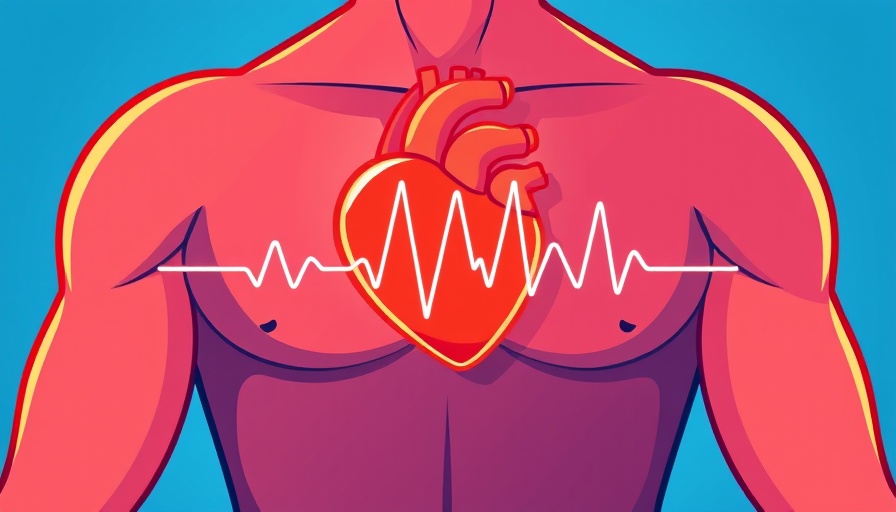
The Future of Heart Health: NICE Endorses Leadless Pacemakers
In a significant move for cardiac care, the National Institute for Health and Care Excellence (NICE) has provisionally recommended leadless cardiac pacemaker implantation for patients grappling with bradyarrhythmias requiring single-chamber pacing. This endorsement highlights a remarkable shift in how the medical community approaches heart rhythm regulation, particularly for a demographic increasingly impacted by age-related heart conditions.
Understanding the Benefits of Leadless Pacemakers
Recent studies indicate that leadless pacemakers not only excel in controlling abnormal heart rhythms but also enhance patient quality of life. Unlike traditional pacemakers that require surgical placement with leads connected to the heart, leadless pacemakers are implanted via a minimally invasive procedure that reduces recovery time and lowers the risk of serious infections. This innovation could be a game changer, especially for individuals with prior issues related to conventional devices, such as infections or lead failures.
How Do Leadless Pacemakers Work?
For those unfamiliar with how leadless devices operate, the process is quite fascinating. These pacemakers are inserted through the femoral or jugular vein using a specialized delivery catheter. Once in place, they directly stimulate the heart through a single device, eliminating the need for wires and an external power supply, making it a compelling option for skilled cardiologists and their patients.
The Populations Most Impacted
Bradyarrhythmias affect approximately 1 in every 1,000 individuals, frequently manifesting as individuals age. As the global population grows older, the relevance of this recommendation is evident, directly addressing the needs of patients who are susceptible to heart rhythm issues. As noted by Dr. Anastasia Chalkidou of NICE, the innovation can decrease complications associated with traditional pacemakers, ushering in a new era of cardiac health management.
Future Research and Innovation
While the NICE guidelines favor the use of leadless pacemakers for single-chamber pacing, they also emphasize the necessity for further research into dual-chamber systems. These systems could potentially offer even broader applications in heart rhythm management. The ongoing evaluation of patient demographics, implantation techniques, and long-term device durability will be crucial in understanding how these innovations can best serve patient needs.
Your Role in Heart Health
The discussions surrounding leadless pacemakers also invite patients to take charge of their heart health. Awareness of your heart's conditions, understanding treatment options, and fostering an open dialogue with healthcare providers are essential steps in managing cardiac health proactively. Empowering yourself with knowledge can significantly impact not only your quality of life but also overall health outcomes.
In Conclusion: A New Chapter in Cardiac Care
With NICE's provisional recommendation, the horizon for patients with heart conditions brightens. The promise of leadless pacemakers paves the way for safer, more effective heart rhythm management. Keeping abreast of such advancements in medical technology can help patients stay informed and engaged in their healthcare journey.
We encourage you to discuss with your healthcare provider the emerging options available for heart health management, reinforcing that informed patients tend to have better outcomes. The landscape of cardiac care is evolving; embrace the changes for a healthier future.
 Add Row
Add Row  Add
Add 



Write A Comment